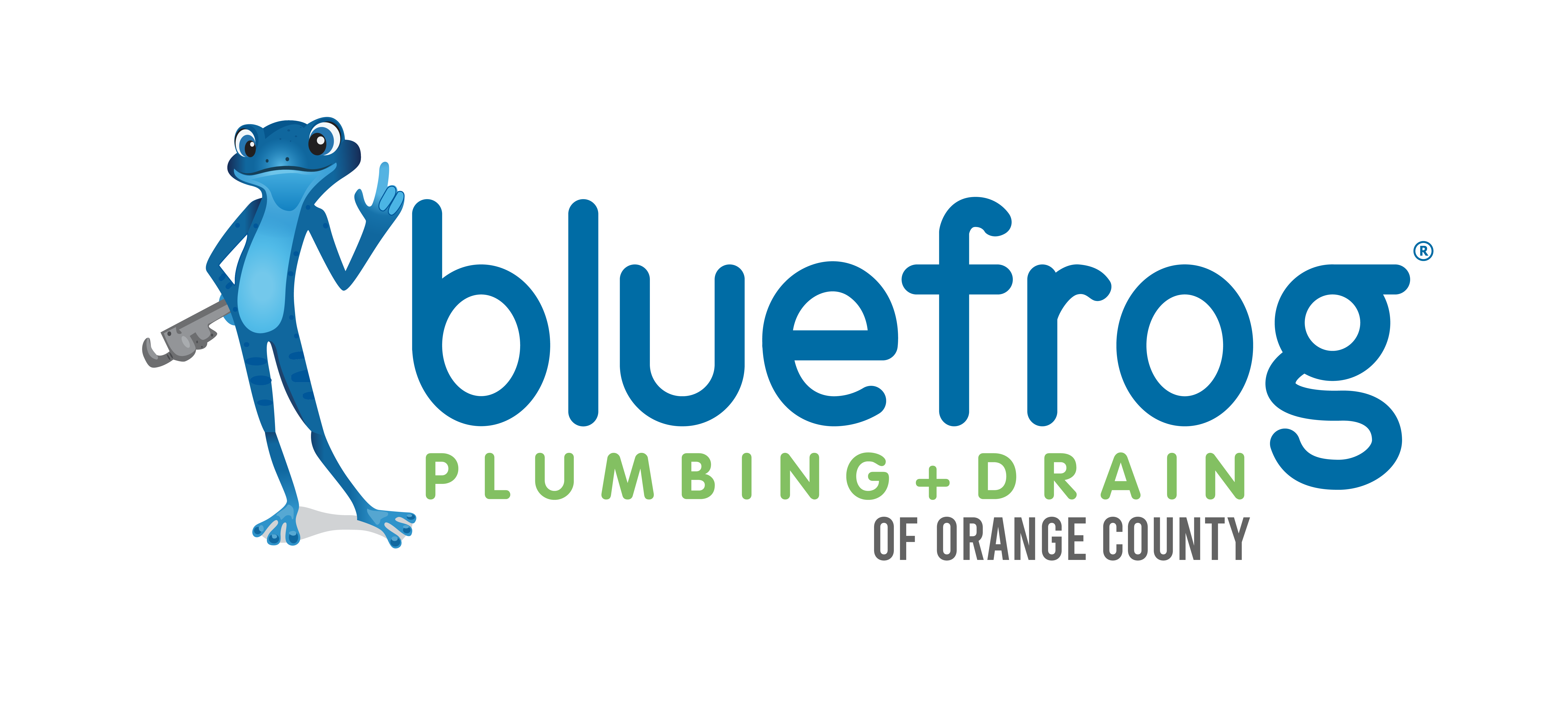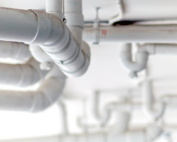Tankless water heaters have become a popular choice in recent years, as they offer many benefits over traditional tank-style water heaters. However, before you decide to install one of these systems in your home, there are a few things you should know. A tankless water heater is a unit that heats water on demand which means it only heats the water which is being called for at any given time. Therefore, this type of system may fail to provide adequate hot water if the demand becomes too high for your system. The number of fixtures a tankless heater can supply will depend on the heating capacity of the unit.
Gas Or Electric?
There are both gas and electric models available. If selecting a gas water heater be aware the unit will need a 1 inch supply line and will also need to be vented outside using category II stainless steel exhaust pipes with tightly sealed silicon joints. If the installation is in a cold-weather region a damper should also be installed to keep cold air from returning into the home. Additionally, depending on the make and model of the water heater, a condensate drain connected to a sink or floor drain should be considered to collect and eliminate condensation.
This unit requires a 120-volt circuit that can be plugged in or can be directly patched into the service panel.
If selecting an electric heater there is no venting required which is a cost-saving advantage.. This unit can also be plugged in or connected directly into a 240-volt circuit.
With either choice make certain your current gas and/or electric service can accommodate your new water heater and make necessary upgrades as needed.
First Things First
The first step is to remove your old water tank. Shut off the two valves (inlet and outlet) using channel-type pliers or a pipe wrench. If it is a gas unit, shut off the gas feed and disconnect the gas line. Open the drain valve at the base of the unit and empty the water inside the water heater. An electric unit has 240-volt power and should be disconnected by a certified electrician. Remove and discard old units.
Installing the New Water Heater
Position the new tankless model and reconnect the water supply to the new heater. Be certain the inlet valve is connected to water coming in from your water utility and the outlet valve is connected to the house. Install shutoff valves on both sides close to the unit. Open both shutoff valves and turn on several faucets in the house and allow water to run for several minutes. Next, close the shutoff valves and remove the in-line filter to check for and remove debris. Replace the filter and, with both valves open, reconnect either the electric power or the gas power and test the unit to be certain it is performing correctly.
In Conclusion
Replacing a water heater can be a simple DYI project. The steps to success are straightforward and manageable. The only caveat is to be certain you have the skills to disconnect and reconnect the power sources since both can have disastrous results if handled incorrectly. A tankless system, when properly installed, can give you many years of effective and efficient service. Looking to get a tankless water heater installed by professionals? Contact us today!

Slab Leaks: A True Plumbing Emergency
Home building following World War II was aggressive, so many houses were built on cement foundations to reduce the time it took to build them and to keep costs at a minimum. They were
How To Extend The Life Of Plumbing Pipes
A plumbing system consists of a complicated series of pipes, fixtures, and appliances that provide the infrastructure to run a well-functioning home. In this article, we will focus solely on plumbing pipes and ways
3 Silent Signs You Have A Plumbing Problem
Some plumbing issues announce themselves with a fury such as a drain backing up with sewage or a burst pipe, while others remain silent and destructive. In this article, we will reveal 3 signs



